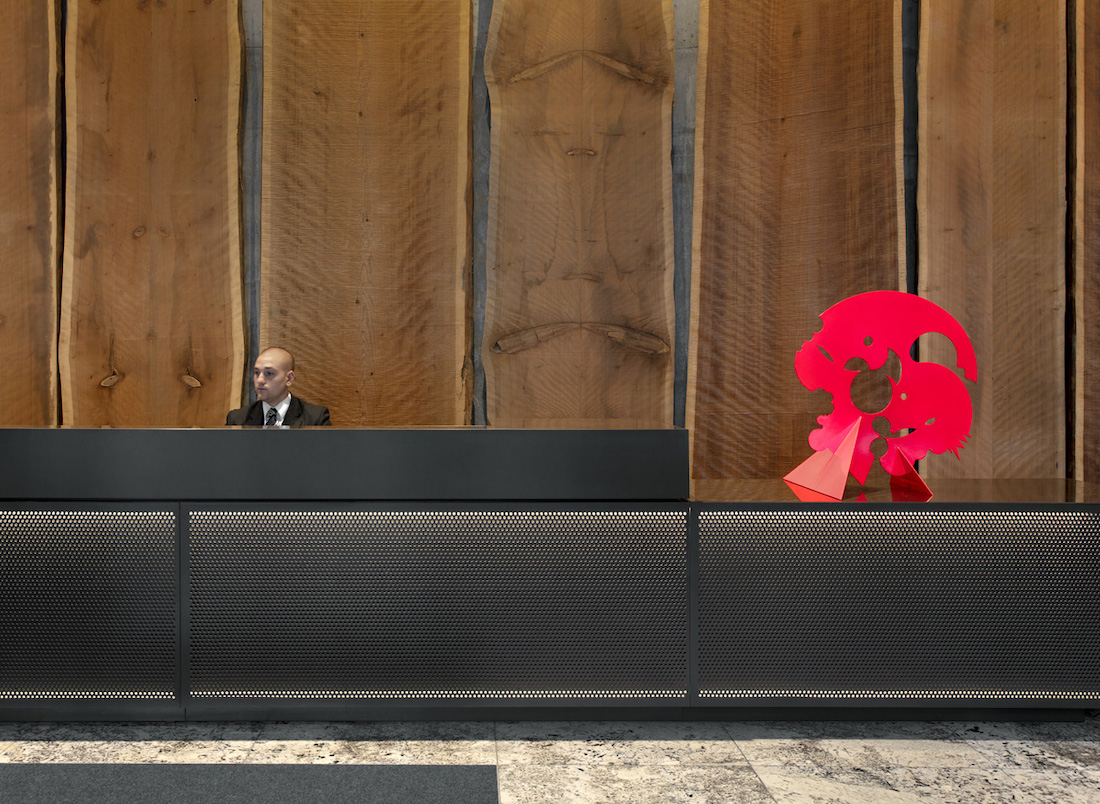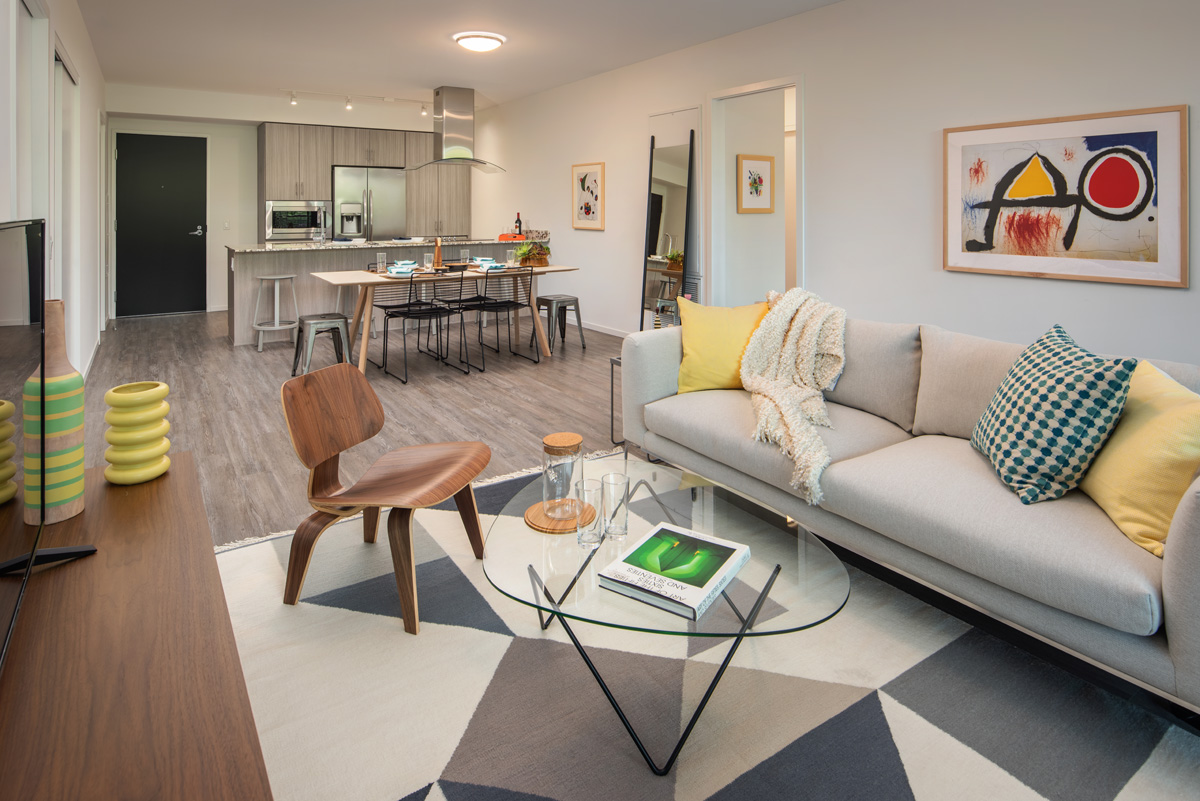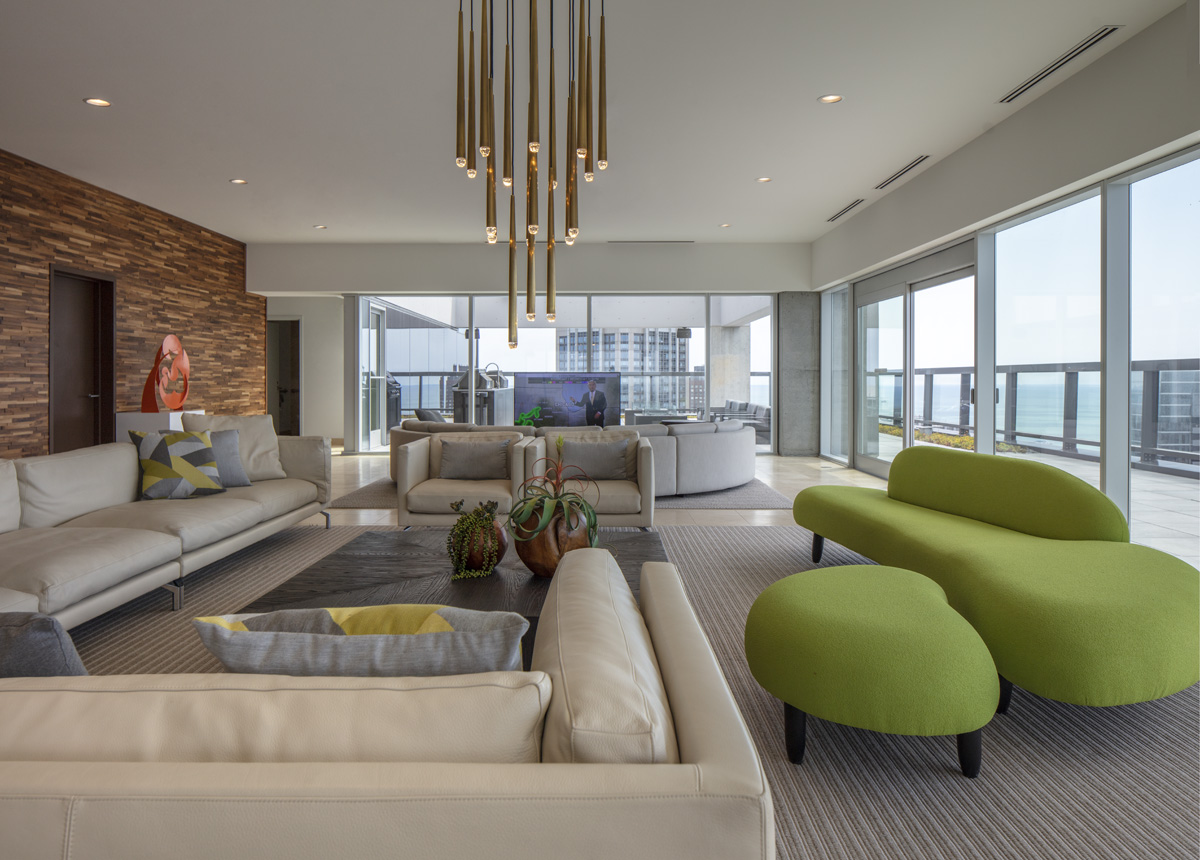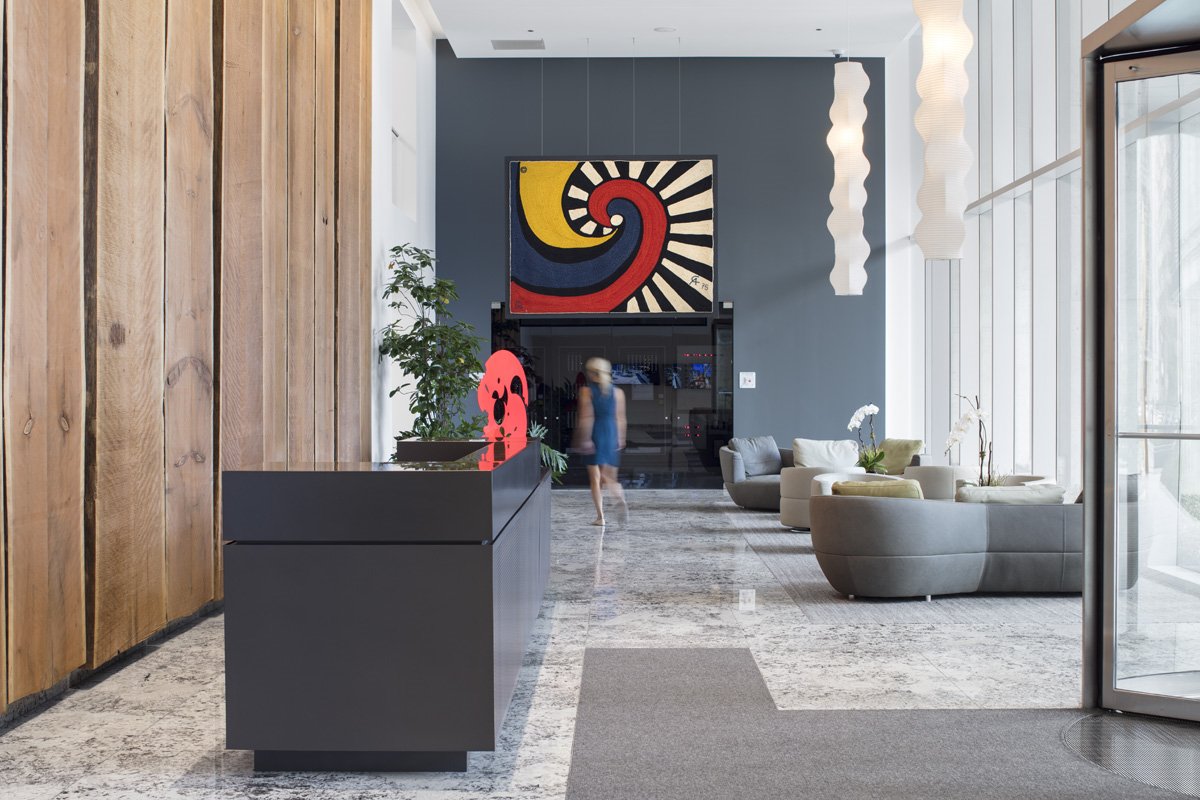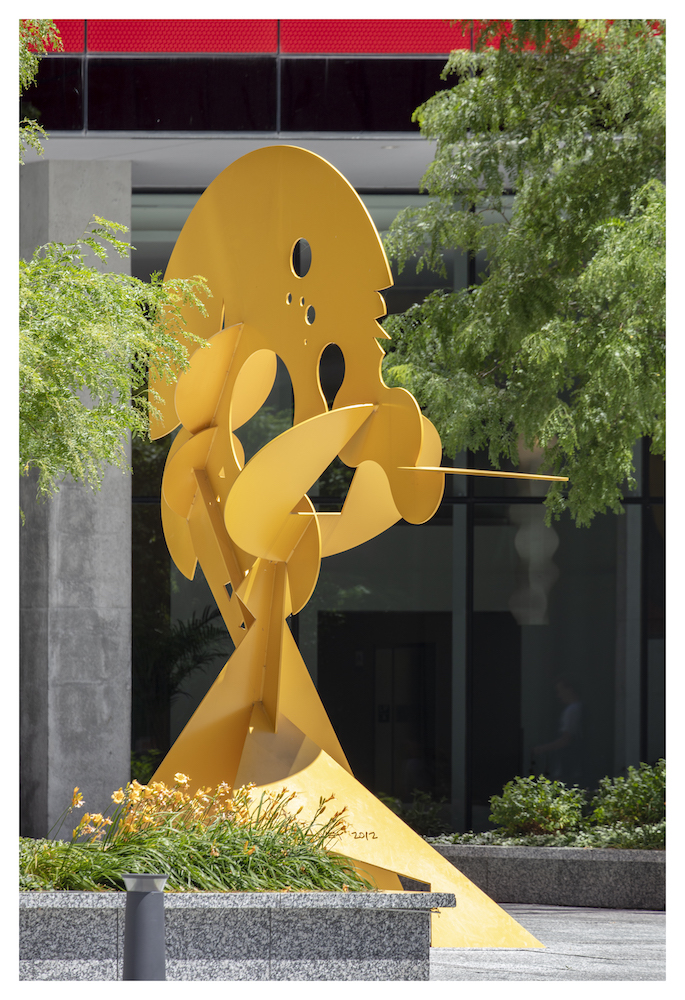The design of interior space doesn’t end with architecture. A key component to creating engaging environments at Optima is the inclusion of art — particularly sculpture. Optima co-founder David Hovey Sr., FAIA explores new ways of expressing space, form and function through his monumental, three-dimensional sculptures in brilliantly-hued steel, including Duo, ultimately adding a new vibrancy to our carefully curated communities.
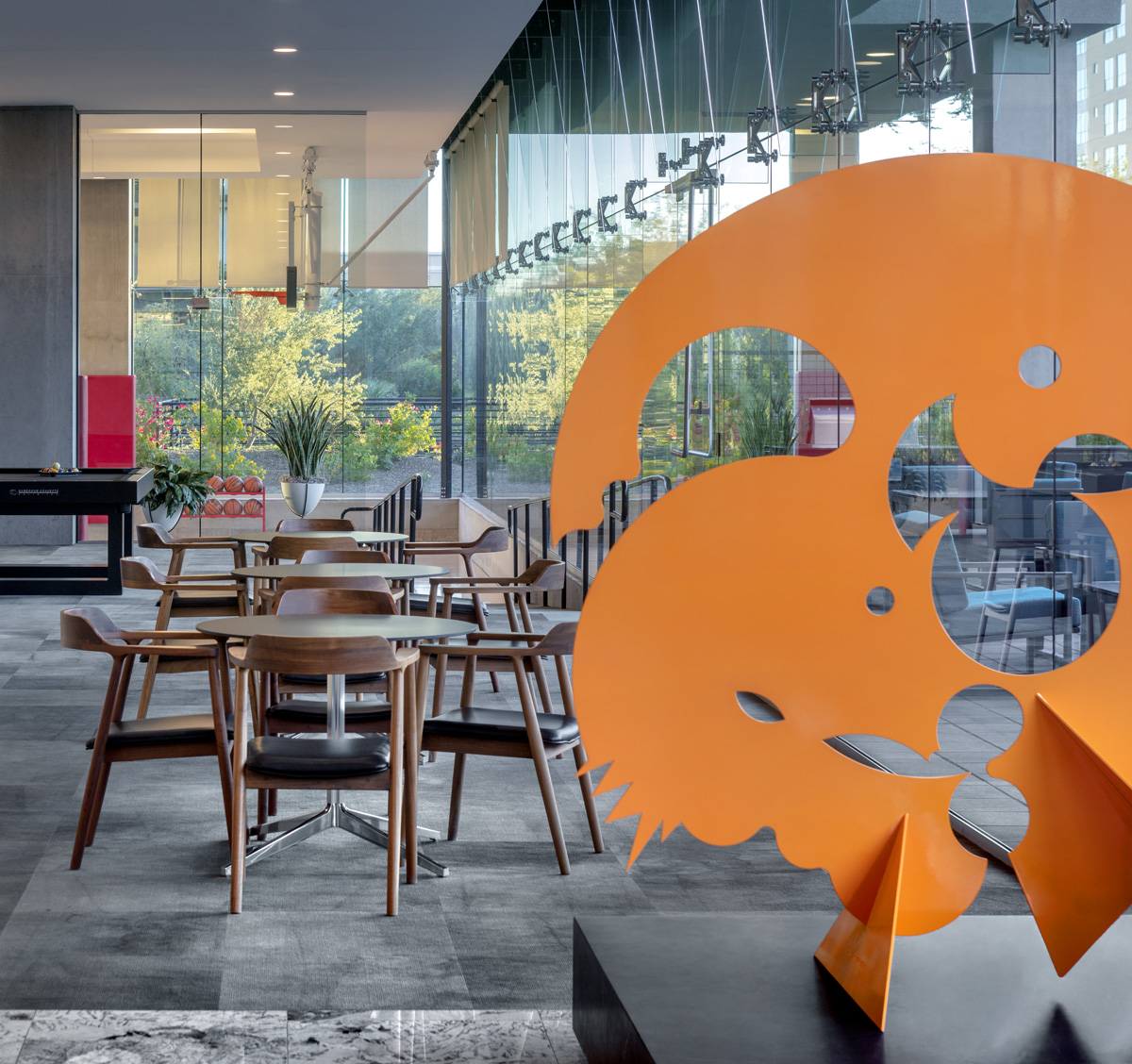
Originally created as a large-scale piece, Duo is a striking and abstract silhouette that evokes the image of a man and woman gazing into one another’s eyes. Hovey states that often, he doesn’t approach a piece of steel with the intention of drawing out specific imagery. Rather, he imagines how to explore form and function through the size, shape, voids and shadows, lights and sounds that emanate from the manipulation of the material. With Duo, Hovey sought to craft a study of duality and opposites through curved lines, fierce angles, symmetry and asymmetry. The human-like quality that resulted is part of the intriguing and surprising discovery from the sculpture’s true expression.
Duo now takes many sizes and colors, with one iteration adorning the front desk at Optima Signature in a brilliant pop of red. Not only does the inclusion of sculpture add a new dimension to the spaces that we design, but it allows a new avenue for exploration, discovery and expression.
